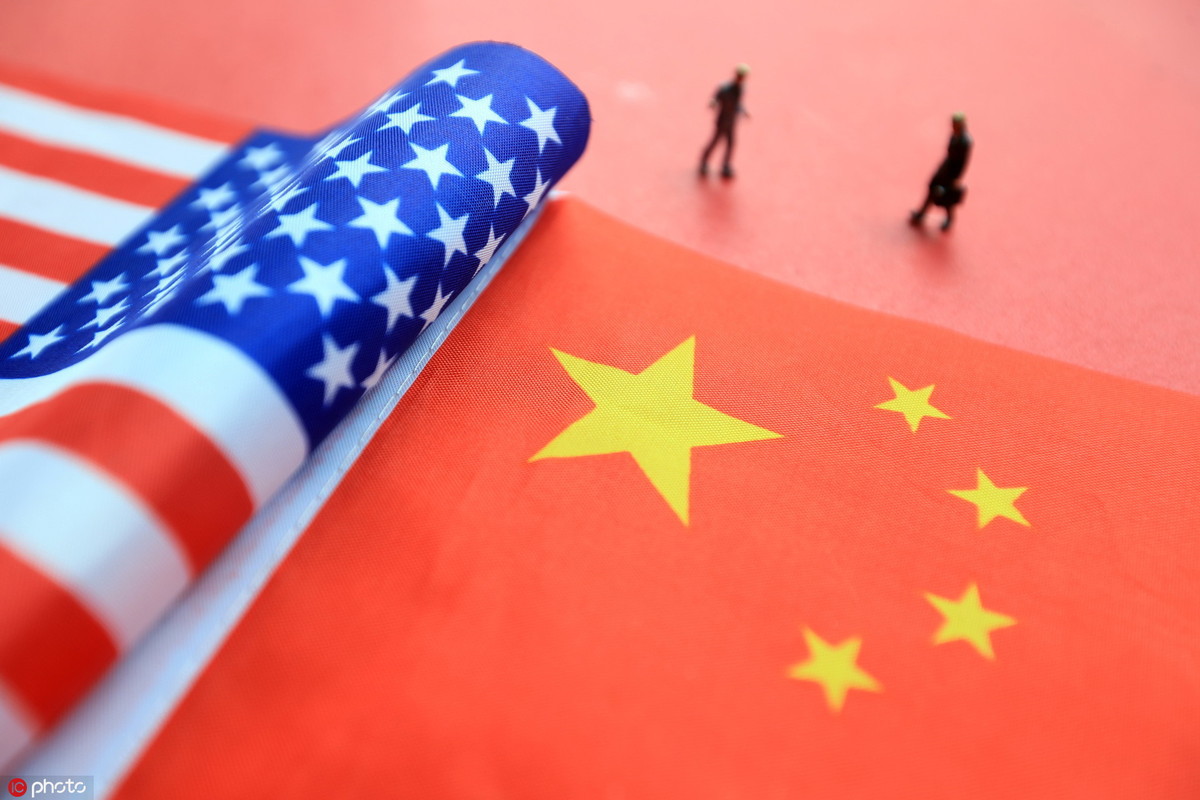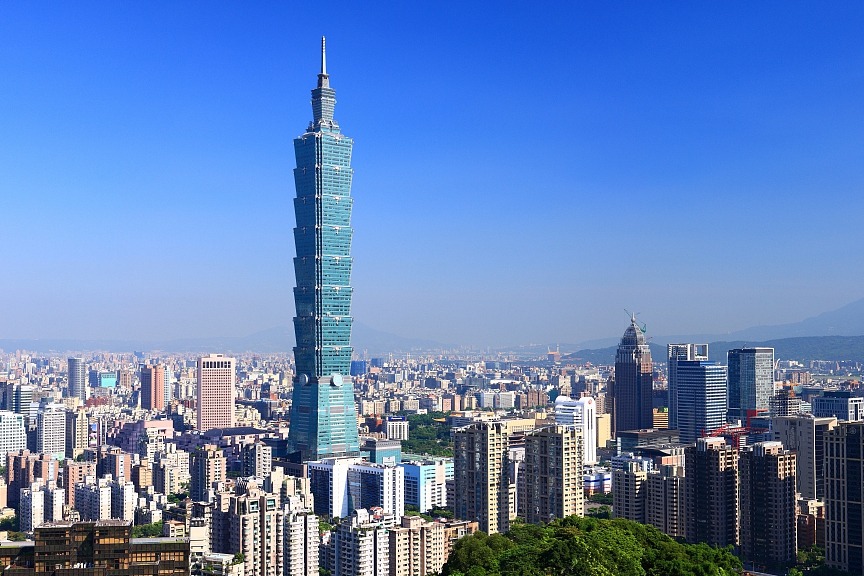New round of China-US trade talks offers hope


Editor's note: A "phase one" deal has been reached after the new round of China-US trade negotiations concluded on Friday, breaking the months-long impasse. Two experts share their views on the deal with China Daily's Liu Jianna. Excerpts follow:
It is time to ink a deal
It comes as no surprise that China and the United States have at last been able to deliver some results from their year-long trade talks. Because they know exactly what the other insists on and opposes after 13 rounds of negotiations. The negotiations last week have been free of the sort of misunderstandings that arose during their initial negotiations. It is now merely a political decision to come into line.
The phased deal that China has consistently advocated is more realistic compared with the comprehensive deal the US administration was previously insisting upon. Simply because both China and the US could not afford to let 20 percent of divergences prevent them from reaching a deal on the other 80 percent.
The US leader has accepted less than a comprehensive deal now mainly because the effects of the trade war have begun to bite in. Complaints from the farmers, his voter base, objections from large enterprises, as well as signs of an economic downturn, have all helped to knock some sense into Washington.
Furthermore, all international organizations including the International Monetary Fund, the World Trade Organization and the World Bank have all called for an end of the trade war as it has exerted negative influence on all economies.
It is interesting that the two countries reacted distinctly to the negotiation results. While the US flaunted the phase one deal as a major breakthrough, China has remained somewhat dispassionate. This is because it is accustomed to the US going back on its own words. After more than one year of trade war China has a more mature appreciation of the dispute. It will not lose heart because of failure to ink a deal, neither will it revel in delight if a deal materializes.
It is possible for the two leaders to sign the partial agreement at the APEC summit in Chile next month even though deep-rooted differences may exist between the two countries for a long time. As China further opens itself up, more problems are expected to complicate bilateral relations. The key to not letting them derail relations is to talk about what can be talked about and put the fundamental disagreements aside as an impasse is bad for all.
Tao Wenzhao, a researcher in US studies at the Chinese Academy of Social Sciences
Comprehensive deal highly unlikely
It was time for China and the US to come to an arrangement after one and half years of haggling. Especially as the 2020 presidential election is drawing near and the US president hopes to increase his political capital to build confidence and lift his approval rate.
Economically, both China and the US have felt the shock of the trade war. China is feeling more pressure on trade as shown by the unexpectedly large fall in its imports and exports growth in September. Meanwhile, the US manufacturing purchase managers index from the Institute for Supply Management contracted for the second consecutive month in September, as well as falling to the lowest level since 2009. Besides, transnational enterprises are also feeling the pinch and the majority of them are opposed to the trade war. The US economy has been hit to such an extent that slapping more tariffs on Chinese imports or engaging in a protracted trade war with China is going to do more harm than good.
Besides, we have seen some softening of the stances on both sides. China has continued the negotiations when tariffs on $250 billion of Chinese products are still in place and that on $300 billion are impending. China has also proposed to strengthen cooperation in key areas such as agriculture, energy and services. And US President Donald Trump has acknowledged that cooperation is beneficial to not only both countries but also the world, and he has allowed certain enterprises to continue supplying Huawei. It is much easier to go one step further when both sides give way.
Although a comprehensive deal is nowhere in sight, China and the US are moving in the right direction. Economic and trade cooperation will remain the most important constituent of bilateral ties irrespective of the US' listing China as a strategic competitor. In the past year or so the US administration has clearly recognized that it is neither easy nor realistic to uncouple the two economies.
Despite the high hopes that the Chinese and the US leaders will sign a deal at the APEC summit next month, a comprehensive deal is nearly impossible. Nonetheless a long-term perspective will help the two achieve more breakthroughs in the months ahead.
Zhang Monan, deputy director of and a research fellow at the Institute of European and American Studies, China Center for International Economic Exchanges


































